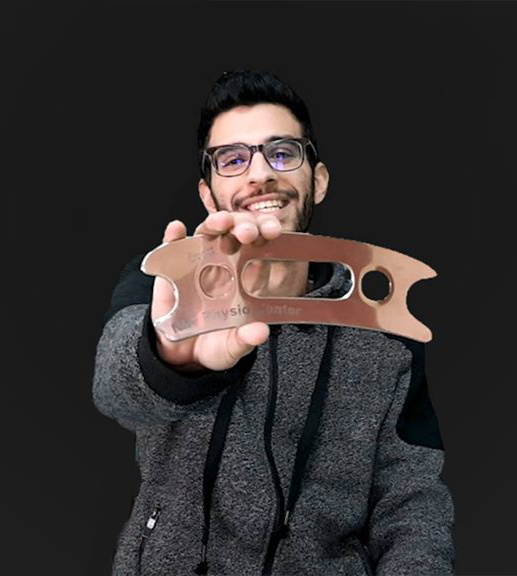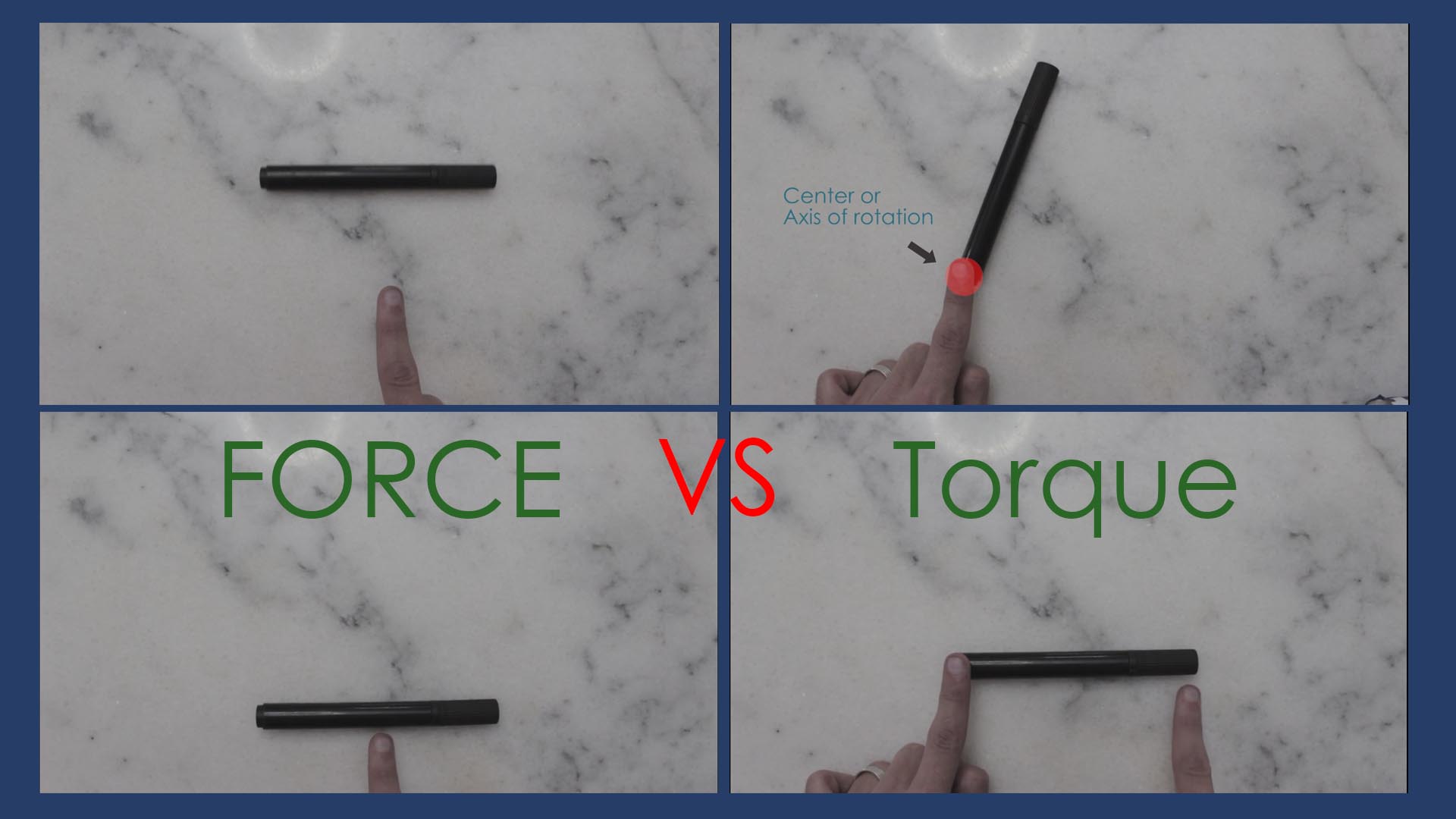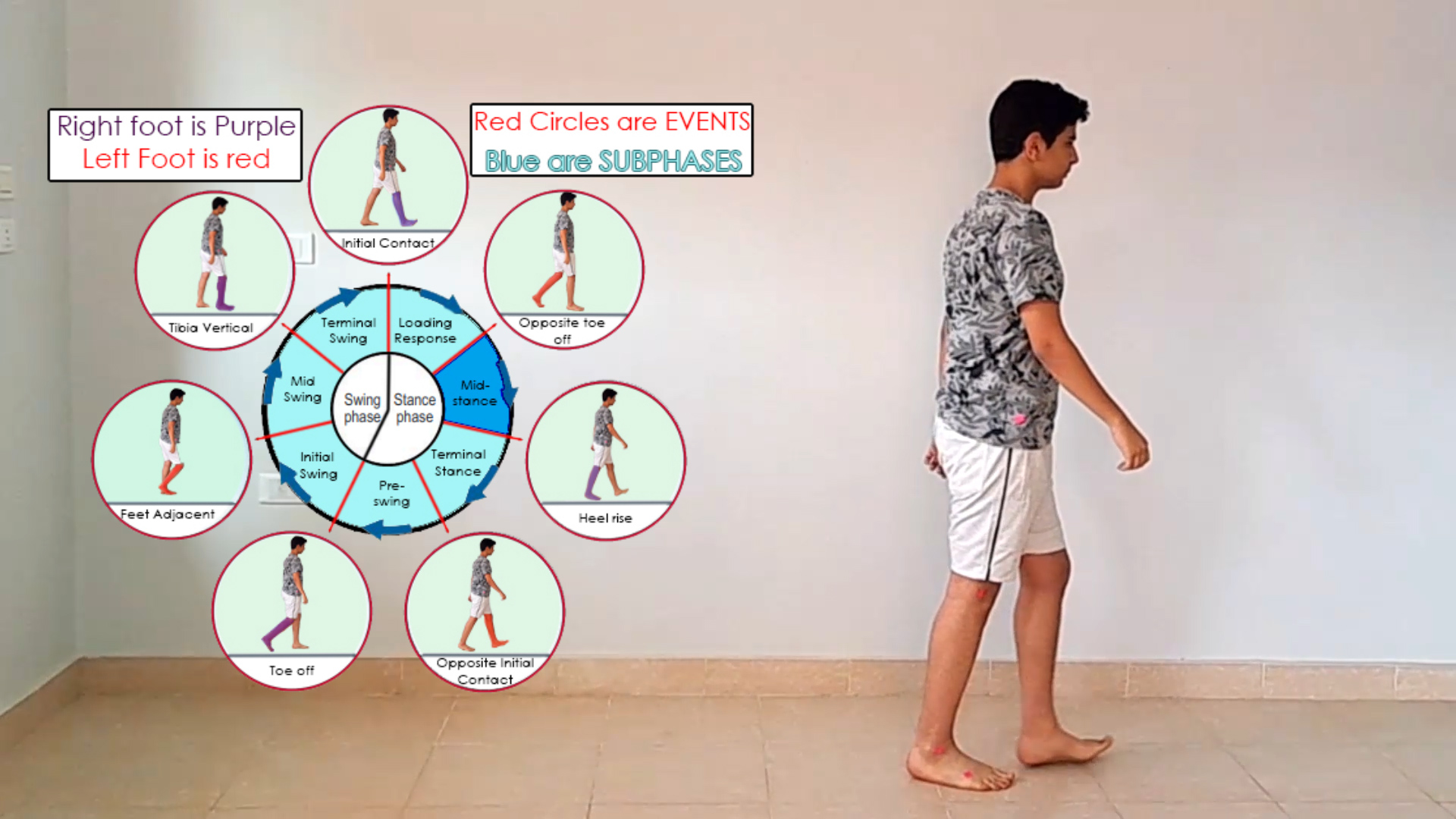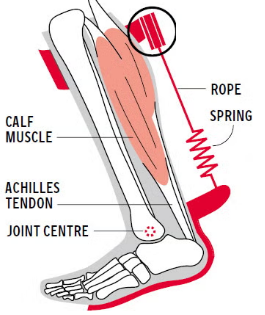IASTM Tools: Which One is Right for You?
Choosing the right Instrument Assisted Soft Tissue Mobilization (IASTM) tool is crucial for maximizing therapeutic outcomes and patient comfort. With a variety of tools available, each offering unique features and benefits, understanding their differences and applications is essential for practitioners seeking to integrate IASTM into their practice effectively.
Understanding IASTM Tools
IASTM tools are typically made from materials like stainless steel, plastic, or jade, each offering distinct advantages based on treatment needs and patient preferences. These tools feature different shapes, edges, and handle designs tailored to specific treatment techniques and target areas.
Types of IASTM Tools
1. Stainless Steel Tools:
- Features: Known for durability and precision, stainless steel tools like those from Graston or Fibroblaster offer multiple beveled edges for various treatment depths.
- Clinical Use: Ideal for deep tissue work and targeting specific trigger points, making them suitable for conditions requiring intense mobilization such as chronic tendinopathies or post-surgical adhesions.

2. Plastic Tools:
- Features: Lightweight and less intense than stainless steel, plastic tools are often preferred for patients with sensitive skin or those in early stages of rehabilitation.
- Clinical Use: Effective for broader, gentler strokes across larger muscle groups like the quadriceps or hamstrings, facilitating improved tissue mobility without excessive discomfort.

3. Jade or Stone Tools:
- Features: Known for their natural cooling properties, jade tools are soothing and less abrasive on the skin compared to metal tools.
- Clinical Use: Suitable for patients requiring a gentle approach, such as those with acute injuries or chronic pain conditions where inflammation management is crucial.

Factors to Consider When Choosing an IASTM Tool
1. Patient Condition and Sensitivity:
- Tailor the choice of tool based on the patient’s pain tolerance, skin sensitivity, and stage of recovery. Plastic or jade tools may be preferable for patients with acute injuries or heightened pain sensitivity.
2. Treatment Area and Depth:
- Select tools with appropriate edge designs and sizes for the targeted treatment area. Stainless steel tools with sharper bevels are effective for deeper tissue penetration, while broader tools are suitable for larger muscle groups.
3. Practitioner Comfort and Technique Preference:
- Choose tools that align with your preferred treatment techniques and ergonomic comfort. Tools with ergonomic handles and balanced weight distribution can reduce practitioner fatigue and enhance treatment precision.
Integrating IASTM Tools into Your Practice
1. Comprehensive Training: Enhance your proficiency in IASTM techniques and tool selection through specialized training courses like the A1 IASTM Course on Udemy. This course offers practical insights and evidence-based learning to optimize your use of IASTM tools in clinical settings.
Conclusion
Choosing the right IASTM tool is as important as mastering the techniques themselves. By understanding the unique features and clinical applications of stainless steel, plastic, and jade tools, practitioners can tailor their approach to meet the diverse needs of their patients. Enhance your practice with the versatility and effectiveness of IASTM tools and empower your patients on their journey to recovery.
Discover more about IASTM tools and techniques by enrolling in the A1 IASTM Course on Udemy, where evidence-based training meets practical application for comprehensive patient care.






